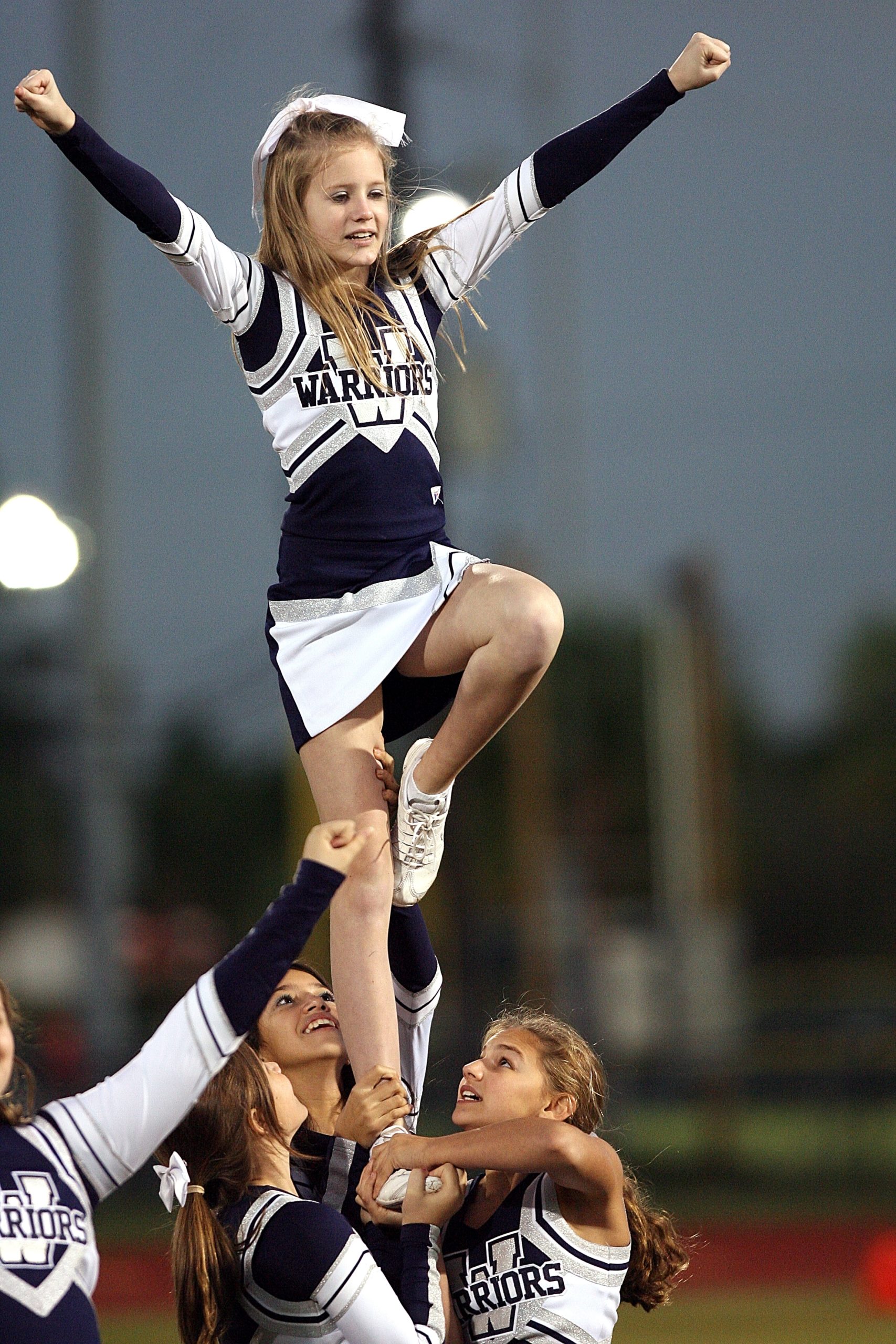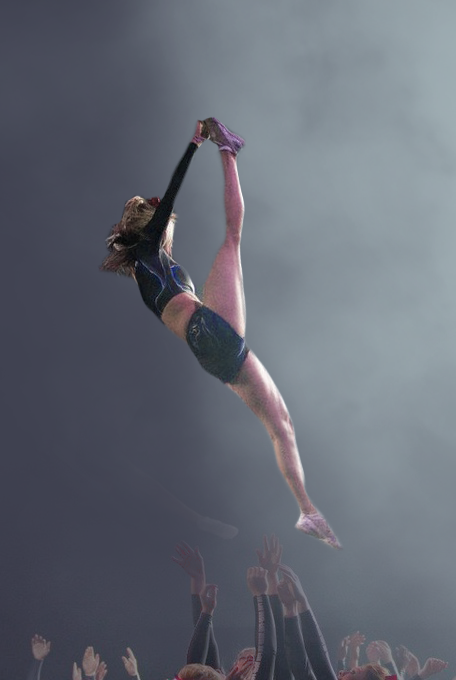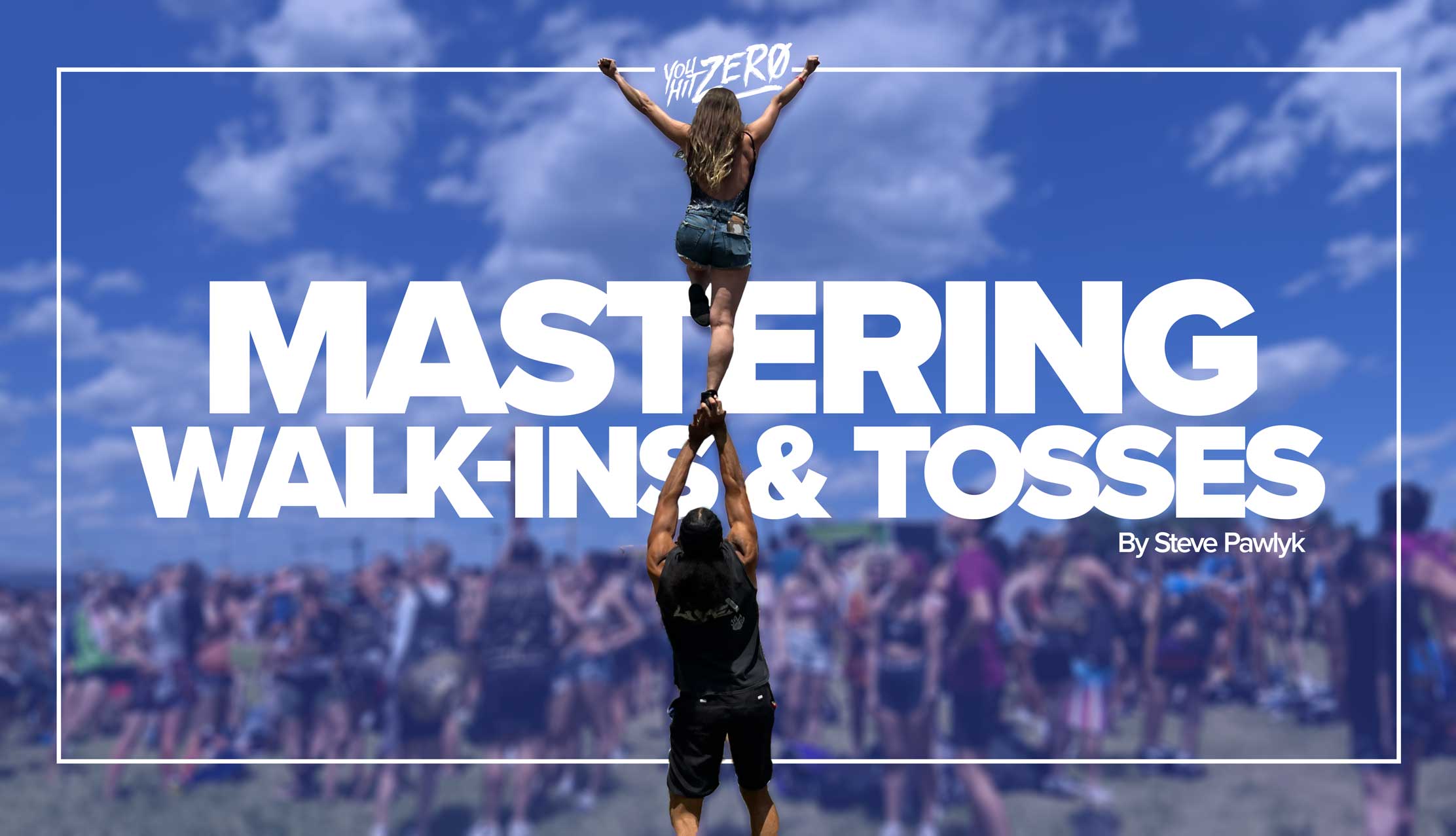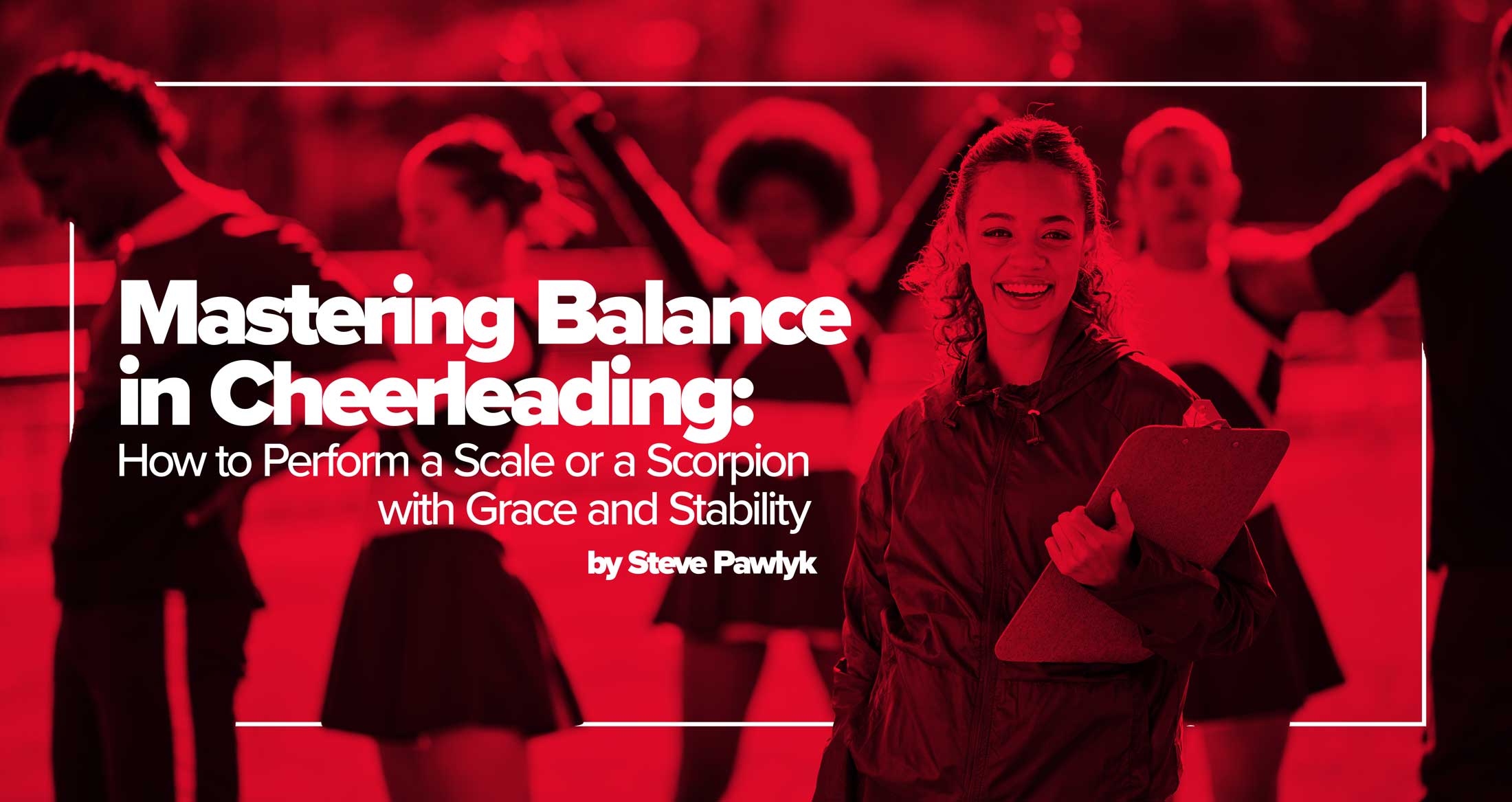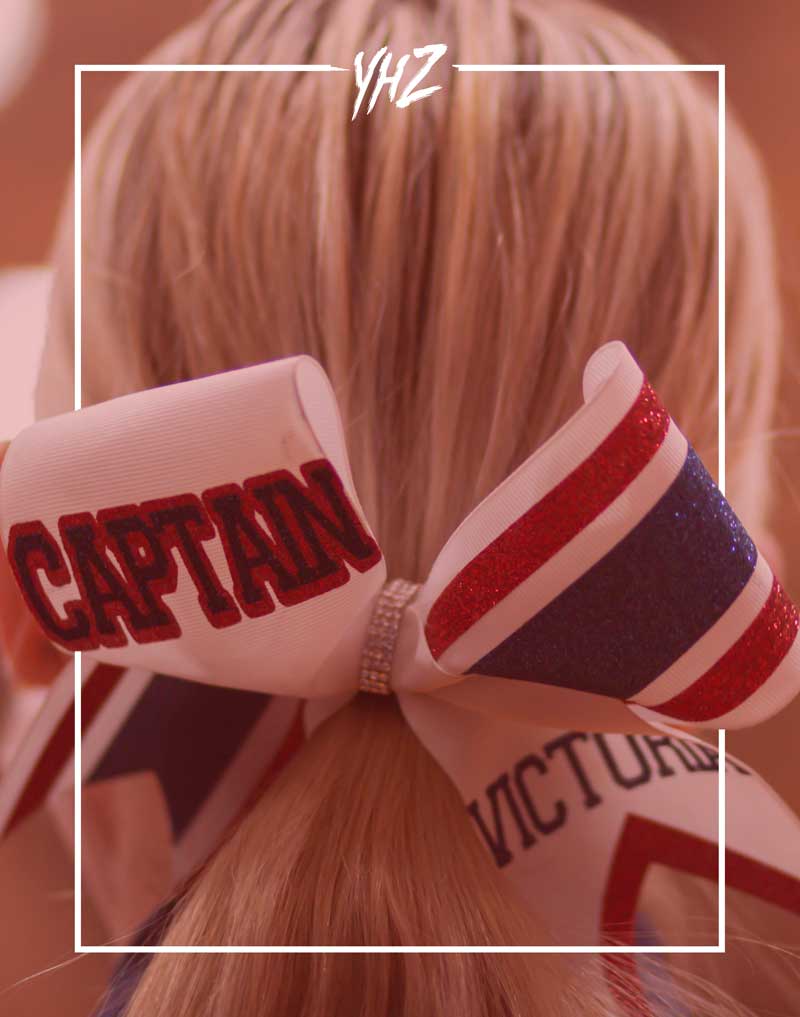By Steve Pawlyk
Published July 27, 2023
Today, we’re delving into a post that popped up in the r/cheerleading subreddit, one that touches on an aspect of cheerleading often overlooked: How does one’s body type influence their ability to perform different cheerleading skills? This intriguing question came from a tall, slim redditor, who’s still quite new to cheerleading but has been practicing diligently.
His post states that he has noticed an interesting contrast in his cheer experience—he finds it easier to toss his flyer rather than performing a walk-in. But here’s where it gets even more interesting: his friend, who has a similar weight but a shorter, stockier build, has the opposite experience. This naturally raises the question: does our physique significantly impact which cheerleading skills we find easier to execute?
If you’ve found yourself nodding along to this predicament, read on. We’ll explore how body types can influence stunting techniques in cheerleading and share some tips to help you ace those walk-ins. No matter your body type, remember that cheerleading is about strength, agility, coordination, and most importantly, the spirit of teamwork and determination. So, let’s go! 🙌
The Impact of Body Types in Cheerleading
In cheerleading, your body type can affect your experience with certain stunts. For example, our reader’s experience with tossing vs. walk-ins. A flyer’s weight and your own weight can also influence how you execute stunts.
As mentioned in his post, he is tall and slim, and can toss a flyer who is lighter than him with relative ease. Tossing a flyer involves a sudden burst of energy, primarily from your leg and arm muscles. Being tall can provide more leverage and allow for a better upward thrust when tossing a flyer. Additionally, being slim could mean that your body has less weight to move, making it easier to generate the necessary force to toss the flyer.
In contrast, the reader’s friend, who is of a shorter and stockier build, finds walk-ins easier. Walk-ins require more sustained strength, balance, and coordination, which may be better suited to those with a stockier build.
Advancing in Walk-ins
If you’re having trouble with walk-ins, here are a few tips that may help, regardless of your body type:
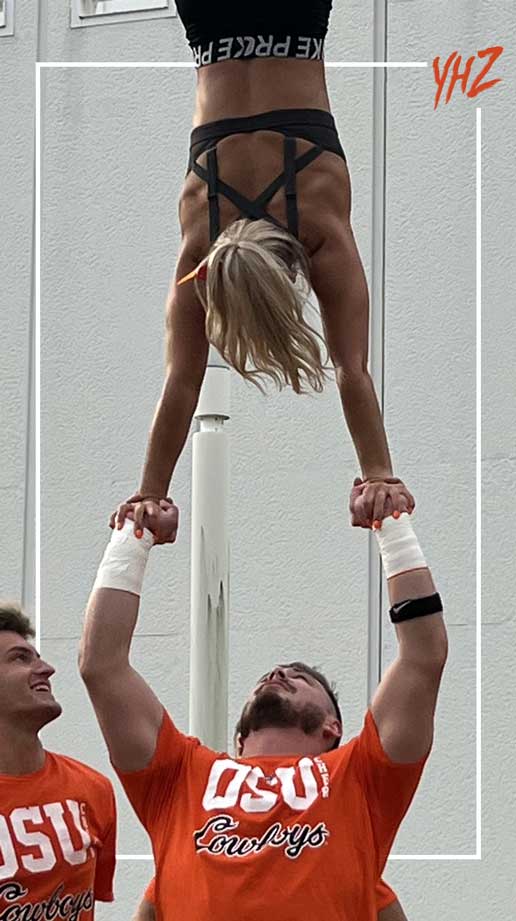
- Strengthen Your Core: A strong core is the key to better stability and control. To improve your core strength, try adding exercises such as planks and sit-ups to your routine. For planks, start by holding the position for 30 seconds and gradually increase your time as your strength improves. For sit-ups, focus on form over quantity—ensure your spine is aligned and you’re using your abs, not your neck or back, to lift your body.
- Work on Your Balance: Balance exercises can help you maintain control during walk-ins. Practice standing on one foot, gradually increasing the time you can maintain the stance. You can also try balance board exercises, which are excellent for challenging your stability. For example, try standing on the board with one foot in the center, shifting your weight back and forth and side to side, and even performing squats.
- Enhance Your Flexibility: Regular stretching can help improve your flexibility, allowing you to adapt to the flyer’s movements during walk-ins. Aim for a comprehensive stretching routine that includes all major muscle groups. Some effective stretches include hamstring stretches, calf stretches, shoulder stretches, and hip flexor stretches. Remember to hold each stretch for 15-30 seconds, avoiding bouncing or any sudden movements.
- Perfect Your Timing: Walk-ins are not just about strength—they require precise timing. Practice with your flyer to improve your synchronization. Try starting with simpler stunts, gradually increasing the complexity as you get more comfortable and in sync with each other.
- Gradual Strength Training: While increasing your overall strength can make stunting easier, it’s important to remember that how you apply that strength is crucial. Incorporate strength training exercises into your routine, focusing on both your upper and lower body. Compound movements like squats, deadlifts, and bench presses can help develop overall strength. These exercises engage multiple muscle groups, providing a balanced workout. Start with weights you’re comfortable with, gradually increasing as your strength improves. Remember, form and control are key
Advancing in Tosses
Tossing may come naturally to some cheerleaders, but mastery demands diligent practice and focused training. Here are some steps and exercises, detailed for better understanding, that can help you perfect your toss:
- Boost Explosive Power: Tossing involves a rapid, explosive movement. Plyometric exercises like box jumps or power skips are ideal for building this type of power. For box jumps, stand in front of a sturdy box or platform, bend into a squat, and then explode upward onto the box. Ensure to land softly and step back down carefully. Power skips, on the other hand, are performed by skipping as high as you can, driving the knee up, and extending the opposite arm, similar to a sprinter’s motion.
- Build Upper Body Strength: Strengthening your arms, shoulders, and back is crucial for an effective toss. Push-ups, pull-ups, and overhead presses are excellent exercises. For push-ups, remember to keep your body aligned and avoid dropping your hips. Pull-ups can be done using an overhand grip on a bar, pulling your body up until your chin is over the bar. Overhead presses can be done with dumbbells or a barbell, pressing the weight above your head and then lowering it back down with control.
- Strengthen Your Grip: Your grip is pivotal for maintaining a secure hold on your flyer. Farmer’s walks, which involve carrying heavy weights in each hand while walking, can enhance your grip strength. Another helpful exercise is a dead hang, where you simply hang from a pull-up bar for as long as possible, which strengthens not only your grip but also your forearm muscles.
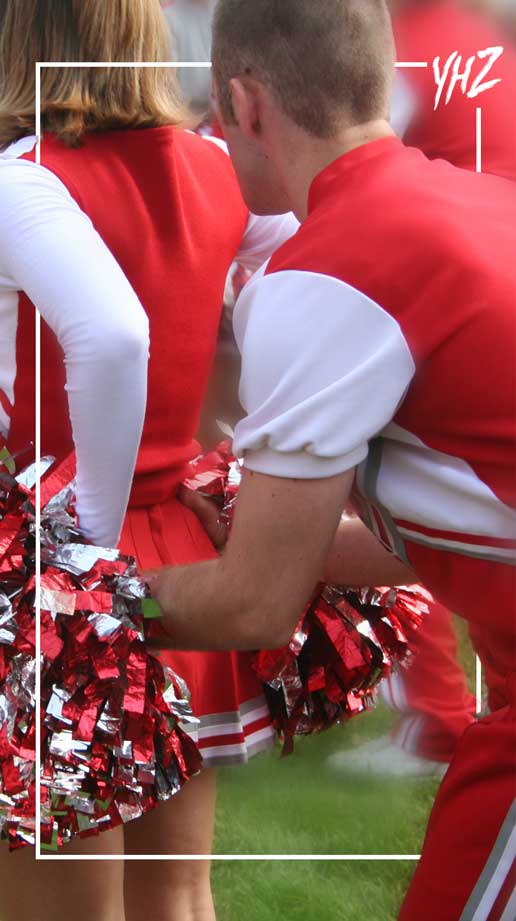
- Focus on Leg Strength: Your legs provide the initial force in a toss. Squats, lunges, and calf raises are vital exercises. While squatting, keep your back straight and push your hips back as if sitting in a chair. For lunges, step forward with one foot and lower your body until both knees are at about a 90-degree angle. Calf raises involve standing on your toes on an elevated surface and then lowering your heels below the surface level.
- Refine Your Timing: Timing is key in a successful toss. Practice with your flyer to improve your coordination. Start with a low toss and gradually increase the height as your timing and trust improve.
- Enhance Stability and Core Strength: Strengthening your core helps maintain stability during the toss. For planks, hold your body in the top position of a push-up. Bicycle crunches involve lying on your back, bringing one knee towards your chest while moving the opposite elbow towards the knee. Russian twists are performed by sitting on the floor, leaning back slightly, and twisting from side to side with or without a weight
Body type can influence what skills you might find easier or harder in cheerleading. However, it doesn’t limit what you can achieve. With consistent practice, targeted strength training, and teamwork, any cheerleader can master a wide range of stunts, regardless of their physique.
Remember, everyone has their strengths and weaknesses. Don’t get discouraged if you’re finding a certain skill challenging. Instead, use it as motivation to work harder and improve. In cheerleading, as in life, persistence is key!
IPP's Premade Mixes are USA Cheer Compliant and customizable! Add Sound FX, swap songs, & more! Add your Team Name to the mix for only $10!





